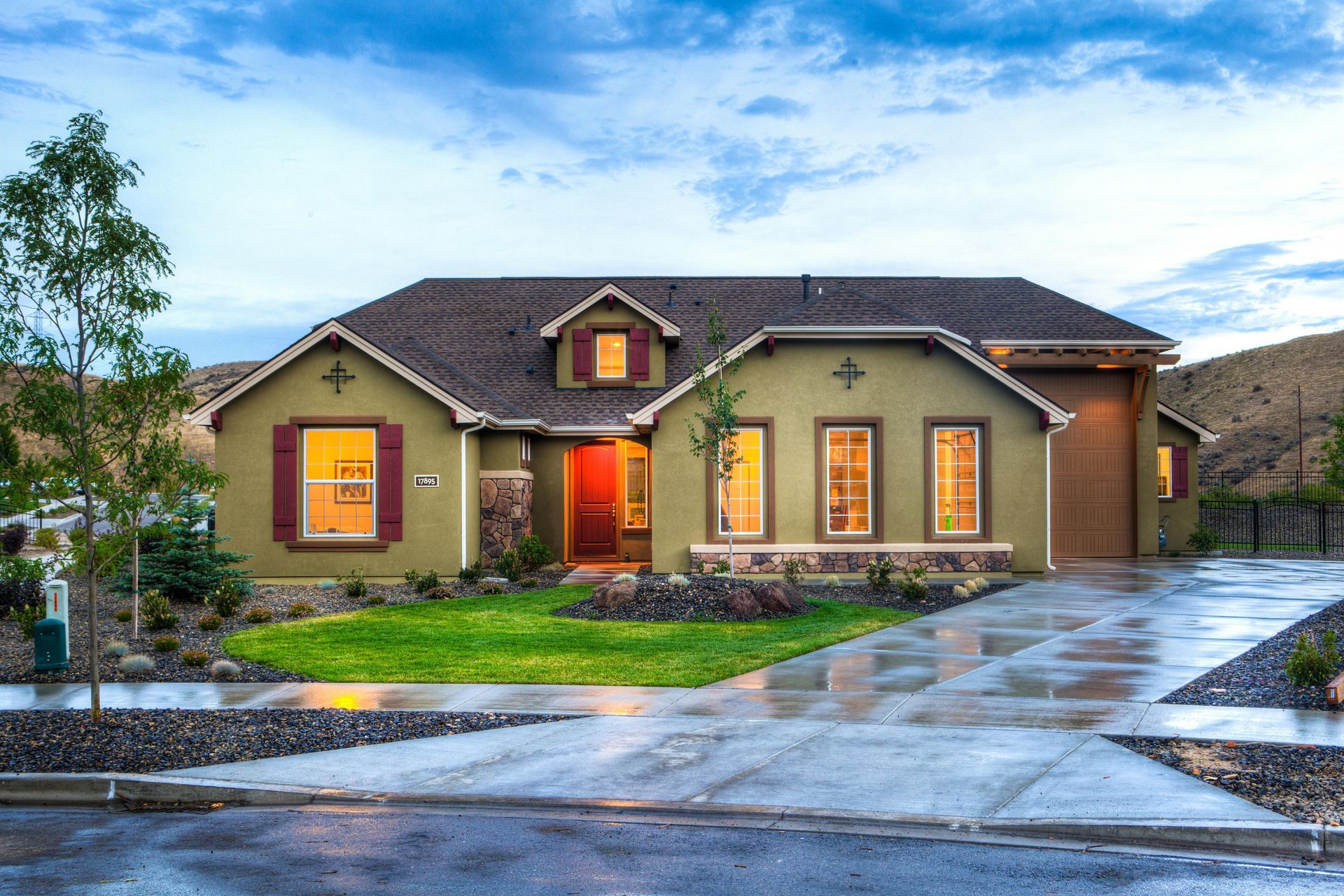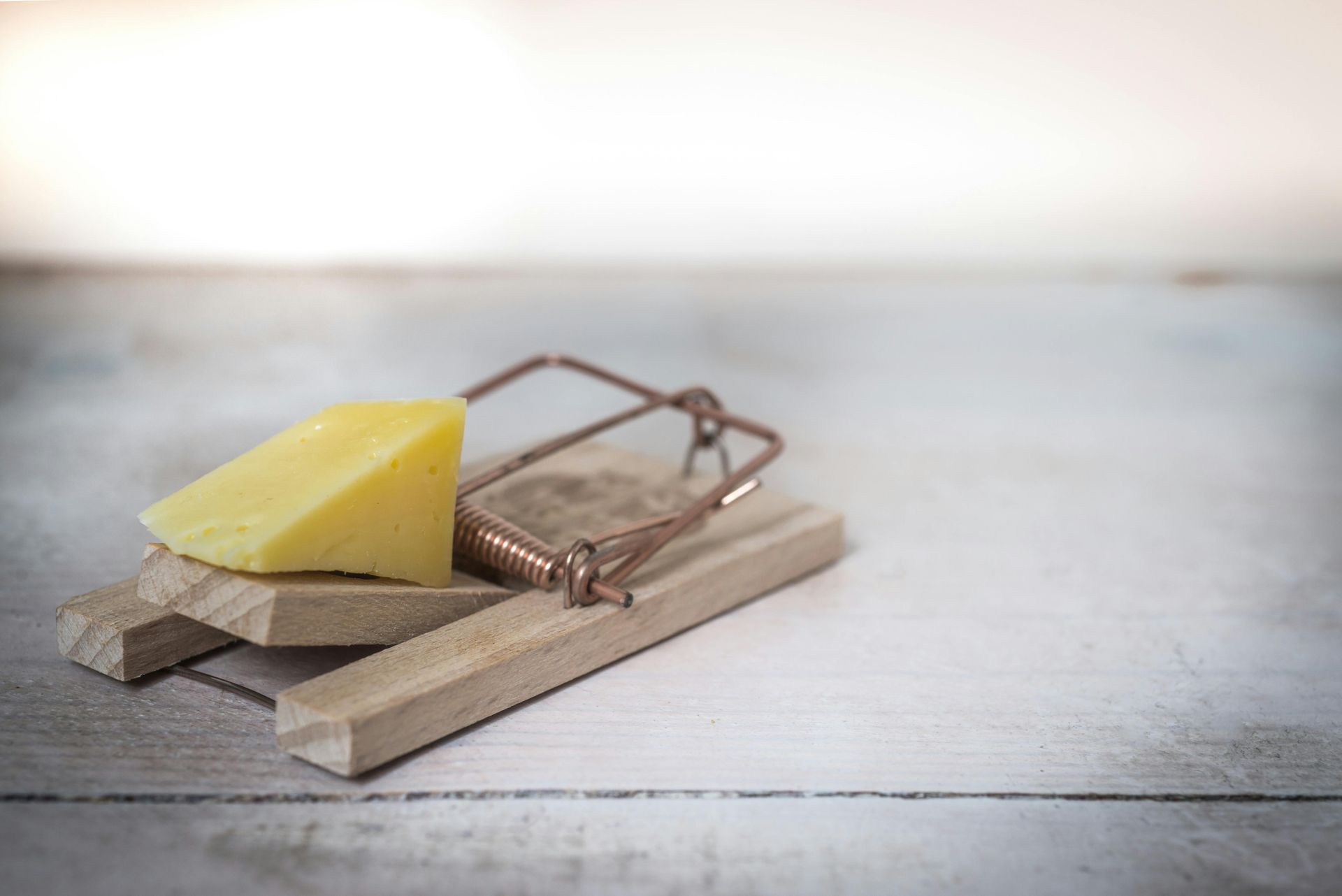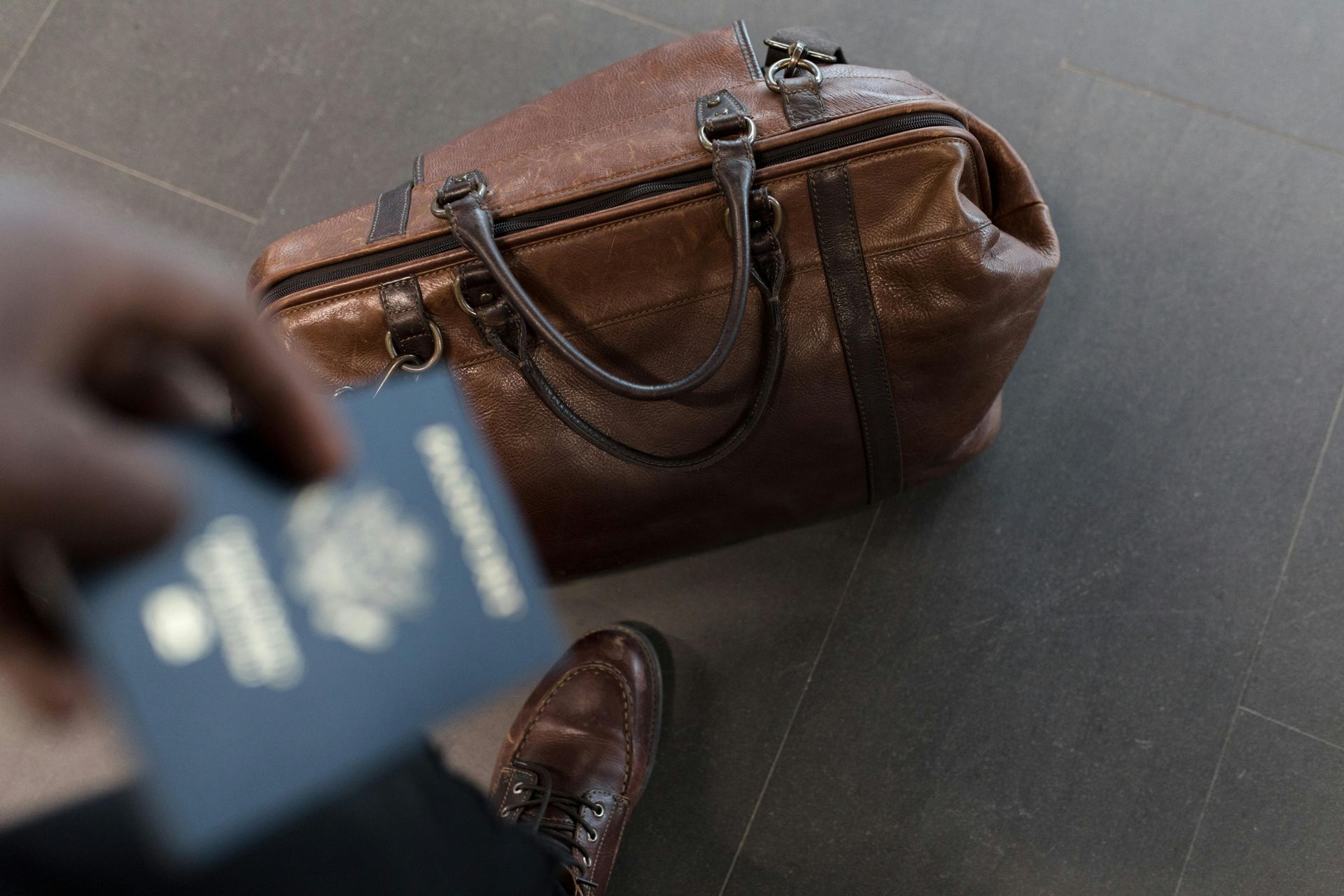Land Remediation Relief
The government wants to build over 1m new homes by 2029. They need land to do this and have decided to start to clean up brownfield sites. But where does Land Remediation Relief (LRR) come into this? At the moment, the government is deciding whether LRR should be continued, so if you do qualify- time could be of the essence!
LRR is a corporation tax (CT) deduction of 150% when a company cleans up contaminated land and buildings in which they have a major interest (freehold/leasehold interest of at least seven years). The CT relief depends on whether the company holds the land as stock or a capital asset and which band of CT is applicable. Loss-making companies can only access a maximum tax credit of 24% of the LRR spend.
But watch out for the exclusions! Contamination due to living organisms, air or water does not qualify (apart from Japanese knotweed, radon and arsenic). This means that any costs relating to drainage, mine shaft grouting and protection of land from soil, gases or flood waters is excluded. Any contributor to the contamination (including a connected party!) is also ineligible, this also includes any failure to act (even if the pollution was accidental!).
As long as the work either prevents or mitigates the effects of harm (this could be removal, containment or treatment of contamination) there is no “prescribed” method of how to do it. However, only the additional costs incurred to carry out the remediation work will qualify for CT relief. Any costs must be borne by the company and not subsidised (i.e land was discounted due to the contamination).
LRR offers a maximum tax relief of 37.5% of the qualifying spend (including capital costs) but it must be submitted within two years of the accounting period end.
This is a tricky topic so give us a call on 01622 738165 to make sure it is done properly!









